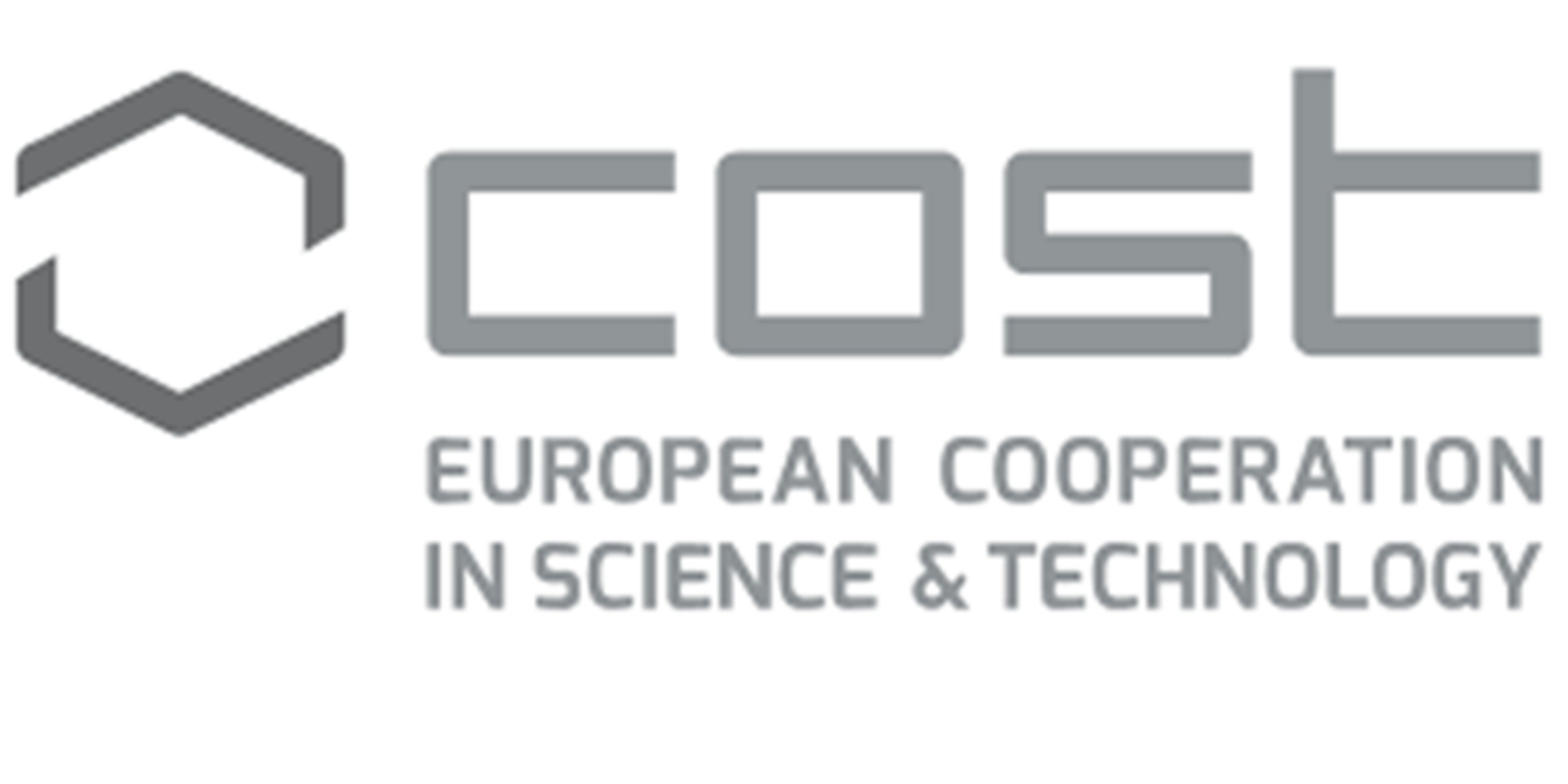COST Action networks can be highly interdisciplinary allowing for innovation and cross-fertilisation of concepts. In this success story, four COST Actions share how fostering interdisciplinary helped with their research.
“Fostering interdisciplinary research for breakthrough science” is one of COST’s strategic objectives and the flexible nature of COST Actions provide a fertile environment to bring together researchers and projects that cross the borders of formal disciplines. This allows for innovation, integration and cross-fertilisation of concepts, methods, and approaches.
Mosquito menace
In tropical regions, Aedes mosquito species, such as the Tiger Mosquito, cause more than 100 million cases of viral diseases every year that result in thousands of deaths.
The invasive species pose a significant public health risk which needs to be effectively and coherently addressed across Europe. Mosquito-borne diseases are already circulating in Europe: West Nile virus became endemic over the past 20 years and Chikungunya has already caused two outbreaks resulting in hundreds of cases in Italy.
“The COST Action covers the whole process from understanding and monitoring where the mosquitos are to best practise in controlling them,” explains Dr Wint. “It embraced a broad church of disciplines including entomologists, environmental engineers, agriculture and representatives from public health, commercial and civil society sectors.”
The Action has made extensive use of questionnaires to understand how the threat of the invasive species is being approached by different authorities. “We now have a good idea of how things are organised in Europe: who does what and where the gaps are,” says William Wint.
In terms of controlling the species assessing quality control is important. “It is important to establish guidelines to ensure that control of the species it done – and done correctly,” comments William.
In 2021 AIM held its 3rd Annual Conference as a hybrid virtual and in-person event in September in Istanbul and its second in-person Training Workshop in the same month in Valencia.
Digital archaeology
Archaeology and digital technologies may seem poles apart, but digital repositories are the main archive for the results of archaeological research that by its nature is not repeatable. However, due to rapid advances in technologies and the high cycle rate for software and data formats digital archives may be vulnerable.
The Action is working to ensure that precious digital data is actively curated and preserved for posterity. “An interdisciplinary approach was needed to fill a gap between the archaeologists and information scientists,” continues Professor Julian Richards. “We needed to jointly develop digital preservation methods that align with the FAIR principles of Findability, Accessibility, Interoperability and Re-usability and share best practice across Europe.”
Methods and technologies have been established but the big challenge is ensuring that data is reusable over the long term. “We have lots of data that could be re-used rather than digging new sites,” states Prof. Richards.
The Action works closely with the Horizon 2020 project ARIADNEplus which brings together a network of data repositories in Europe and the two efforts are complementary.
Support and training for early career researchers is a major part of SEADDA activities and has continued despite Covid in 2021 with virtual STSM visits taking place.
Communicating with Technology
The interface of digital technologies and the humanities – in this case languages and linguistics – is also the subject of COST Action LITHME (CA19102 – Language In The Human-Machine Era).
Cheap wearable devices could soon provide an immersive, high-resolution view of a visually augmented world. LITHME has two aims: to prepare linguistics and associated disciplines for these developments and facilitate a long-term dialogue between linguists and the technology developers.
Vice-Chair of LITHME, Dr Sviatlana Höhn from the University of Luxembourg explains that connecting linguists with technology producers will enable a better understanding of how the technology could be used. Language technologies are entering a new era where machine learning and AI can facilitate human communication. This requires a deep understanding of both languages and the technologies. All aspects of human communication need to be addressed in the complex algorithms being developed and this requires a continuing dialogue.
The flexible nature of COST Actions is extremely useful Dr Höhn believes. “COST facilitates connections between different research areas and accelerates research,” she says. “The open nature of the Action is important.”
Dr Sviatlana Höhn sees positive and negative aspects to the Covid situation in 2021. “The pandemic has been difficult but also gave us opportunities to find alternative ways to network and we have been able to call upon a wider spectrum of speakers for our virtual workshops.”
Electric atmosphere
The electric field in our atmosphere varies from 100 to several thousand volts per metre and results from a global electric circuit extending from the Earth’s surface into the lower ionosphere. A better understanding of a diverse range of environmental processes could be achieved through improved insights on this phenomenon.
Professor Konstantinos Kourtidis of the Democritus University of Thrace is Chair of COST Action eLECTRONET (CA15211 – Atmospheric Electricity Network: coupling with the Earth System, climate and biological systems). “The processes interacting with the field range from earthquakes, clouds and climate to sun-earth interactions, air pollution and lightning. And there is emerging evidence that the field may also interfere with biological processes,” he explains.
The Action, that concluded in 2021, aimed to improve the coordination of research efforts and construct a bigger picture of atmospheric electricity and its environmental impacts.
“COST’s flexibility was a great asset,” he continues. “Our interactions and exchanges with different disciplines helped to understand different fields and was of tremendous benefit to all. It enabled us to couple things together and explore completely new directions.”
The main outcome was the creation of a continuing network to coordinate and exchange measurements of the atmospheric field on a global basis. The Action also produced a series of publications on biological interactions, delved into the field of earthquake precursor signals and has developed new standardised instrumentation that is being commercialised and should enable a denser monitoring network.
Source: COST I News (https://bit.ly/3Bxb6G0)
